Myth 6: “All that matters is, I’m diverting waste.”
“Even if I can’t track all my activities in detail or 100% accurately, at the end of the day, I’m still diverting waste from landfills.”
This is the sixth installment of our eight-part myth-busting series. In this series, we explore some common myths in the recycling and waste management industry, explain how these myths came about and why they persist, and share some revolutionary insights that help program managers see things in a better way.
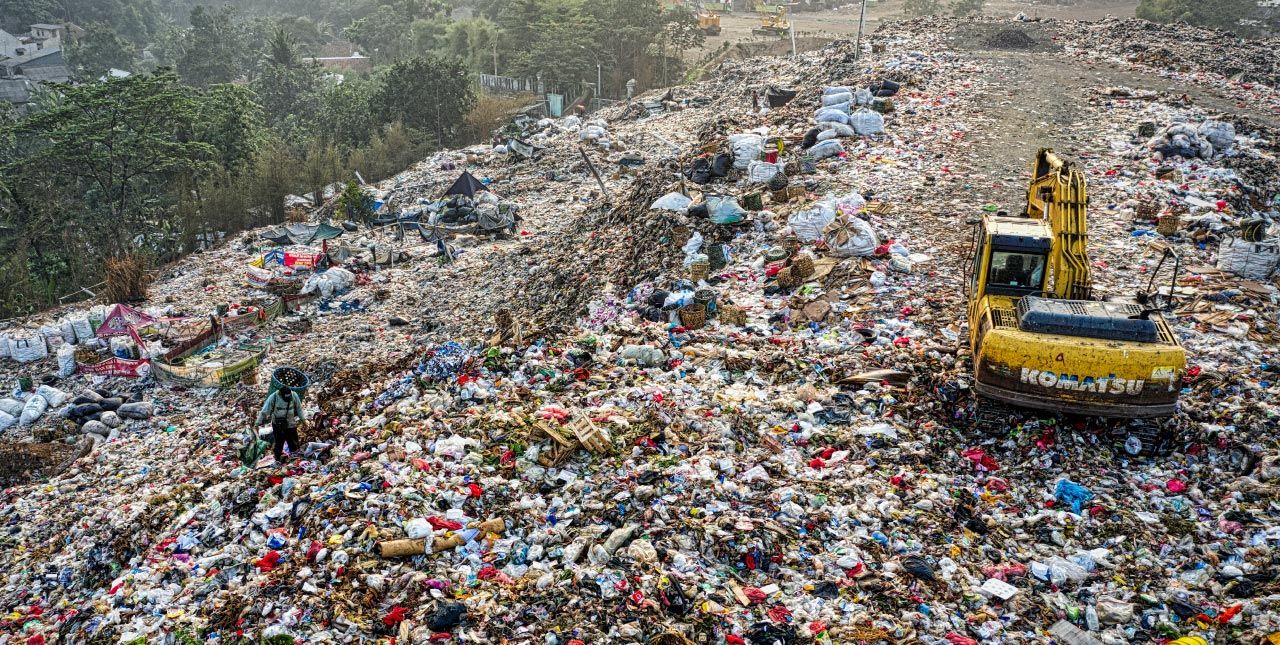
It’s a well-known fact that the waste crisis is quickly spiraling out of control.
Options for dealing with waste are running out – and diverting waste from landfills, while very necessary, is proving increasingly challenging. Waste with nowhere to go is increasing at an alarming rate: in fact, the World Bank estimates that global waste will increase by 70 percent by 2050 unless urgent action is taken.
The causes of the struggle to address this crisis are manifold: everything from population growth and urbanization to geopolitics and consumer behavior plays a role in increasing waste. Diverting waste from landfills is a must that few argue against. Another must is finding better ways to manage waste and recycling programs so that waste diversion can be measured, tracked and reported on with accuracy and ease. However, technology has only recently advanced enough to materially help with these waste diversion goals.
Most organizations, whether they’re the sustainability division of a multinational corporation or a small municipal recycling department, are still using outdated methods of tracking waste and recycling efforts, such as paper forms and legacy software.
Because of these inadequate systems, these organizations aren't able to accurately know exactly how much waste they're diverting from landfills. Although they're focused on waste diversion as a goal, they will often say things like, “doesn’t any effort we’re making to divert waste from landfills – whether big or small – matter? Isn’t every little bit helping?”
And: “isn’t the effort I'm making, even if I can’t track exactly how much waste I'm diverting from landfills, still making a difference? At the end of the day, isn’t that all that matters?”
The answer, of course, is not a short and easy one. The effort is necessary and it does matter, but it's not all that matters.
Let's discuss exactly why this approach is actually inadequate – both in terms of addressing the waste crisis and climate change AND for doing what's best for your business in terms of waste diversion.
“Good Enough” Isn’t Good Enough
We’ve written before about how more attention than ever is now being paid to the waste and recycling industry, and specifically, waste diversion. While there are obvious benefits to this attention, it puts extra pressure on the organizations that are in the spotlight.
Awareness is increasing: more people than ever are self-educating and spreading the word on the climate crisis, the role of solid waste and landfills, and creative solutions that can help us avoid disaster.
More people than ever are also demanding more accountability from organizations on the frontlines of waste diversion efforts.
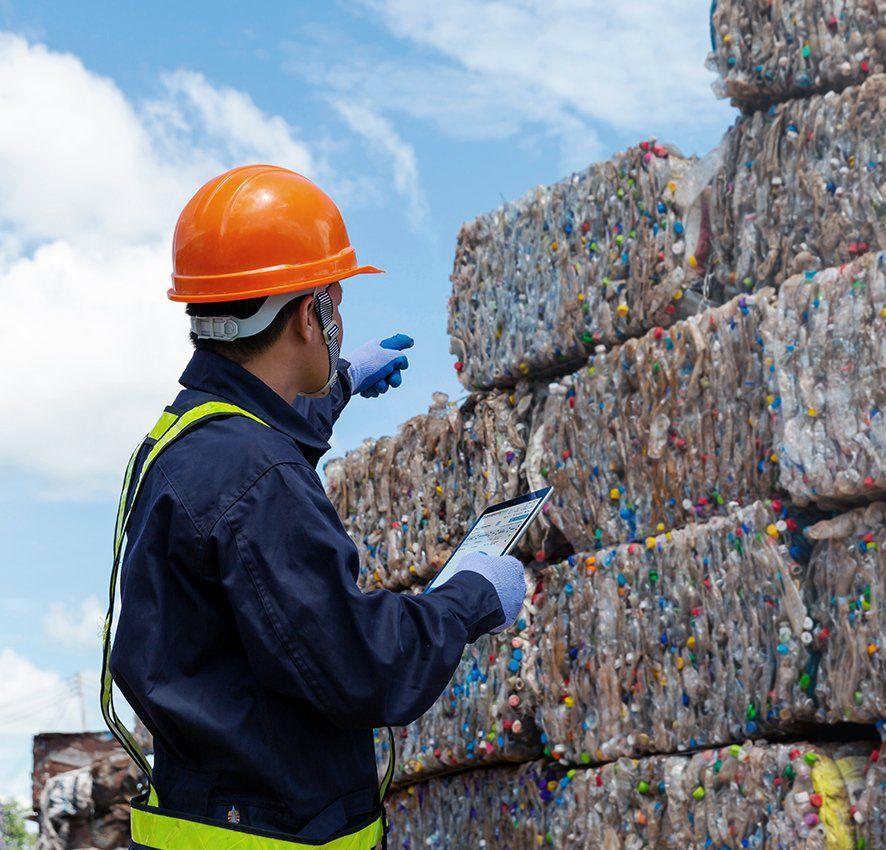
The demand for more accountability affects waste and recycling organizations in two key ways.
- Legislation is changing (and increasing) to require more and more detail from organizations in particular regions to prove that they are diverting the waste they’re claiming to divert. While in the past, it may have sufficed to report on the number (by quantity, weight, volume, etc.) of recycled materials, legislation is getting increasingly specific. Now organizations are having to report on: types of specific materials being recycled, derived products after recycling, the amount of GHG emission reduction achieved – and more. As we understand the broader implications of climate change and waste diversion, there’s more we need to track.
- The community of interested stakeholders that a waste or recycling organization or sustainability division has is changing and diversifying. As more of the public is taking an interest in recycling, they’re demanding more from both their favorite brands and local organizations. This means that the types of groups interested in your recycling and waste diversion efforts are changing – and the way you communicate needs to change in tandem. If the demand is for more detail, then waste and recycling organizations need to be able to respond.
And this only makes sense. After all, we want to know that big corporations and small recycling organizations alike are committing to concrete, actionable, climate crisis-combating change -- not vague promises.
Thankfully, recycling and waste organizations have the unprecedented ability to deliver on their promises – and prove in detail that they are – to these different groups, whether they’re legislative bodies, ESG stakeholders, or consumers.
Again, this is the difference between vague promises (such as “we will do more for the environment”) and committing to a solid, measurable waste diversion goal (such as, “we will recycle 1 million cans this year.”).
In our current waste climate, such concrete promises – and the proof that backs them up – are high currency indeed. From an ESG perspective, it’s the organizations that can commit and prove they’re accomplishing their waste diversion goals that will become the leaders in this ever-changing landscape.
Doing What's Best for Your Business

This is not just about your organization's reputation, but also about simply making the best choices for your business.
For waste and recycling organizations focused on waste diversion goals, making the best choices for your business must include being able to:
- get full visibility into your program, to a very granular level
- track your materials’ movements in real time, at any time
- measure your performance (i.e. waste diverted) in detail
Many organizations still use manual, paper-based processes or custom, legacy software to manage their recycling, waste, or sustainability programs. They may recognize that they can’t track all their activities in detail or with 100% accuracy. But they comfort themselves that, at the end of the day, they’re still diverting waste from landfills even if they don't know and cannot prove how much.
They struggle to gain key insights into how their operations are performing – insights that could help them:
- improve their processes and relations
- save time and money
- efficiently achieve their waste diversion goals
Numerous organizations waste endless hours manually entering data from paper forms into data management tools (like Excel) or custom software. At the end of the day, all of their performance analysis has to be manually calculated – they can’t just log in and see how their program is performing on a dashboard or visualize a particular key metric (like GHG emission reduction).
And, they have no guarantee that their data is accurate.
On the one hand, organizations in this position take comfort in the belief that they are still doing something to combat climate change and the waste crisis. They are after all, diverting waste from landfills. Yet at the same time, they have no reliable means to materially prove that they are. So how do they really know?
It’s a scary thought, isn’t it?
Don't Panic Just Yet...
The very thought makes some people panic and want to stop investigating any further. After all, it would be terrible to believe you’re working towards a goal over the course of a year... only to find out that the way you’ve been measuring your progress is faulty. There are many, many organizations who would simply rather not know.
But burying your head in the sand is never a great idea. And it’s unlikely to remain an option for long.
As we discussed, legislative bodies, ESG stakeholders, and the public are demanding more transparency, not less. So rather than continue to work the way they always have – imprecisely, opaquely, vaguely – more and more organizations are embracing data-driven business strategies that help them measure their goals clearly and communicate their work accurately.

Instead of continuing down a path of inaccuracy, waste and recycling organizations are realizing the power they can harness by having clear, irrefutable data proving they’re doing as much to combat climate change as they are claiming.
This type of accuracy impacts more than just reputation and reporting: it means that organizations can grow their operations meaningfully, because each process, relationship, and goal comes under the microscope. And it starts right away, impacting their day-to-day work.
By adopting new ways to digitize their programs, organizations change their relationship with data: they see the value in getting it accurately and in real time, in not wasting time reconciling endless boxes full of paper forms, in tracking goals with the click of a mouse.
It brings the whole thing into perspective: rather than seeming too complex and unsolvable, the waste crisis can be pitted directly against data. Data breaks down the complexity into small, measurable goals and actionable, trackable commitments.
What About Those on the Front Line of Waste Diversion?
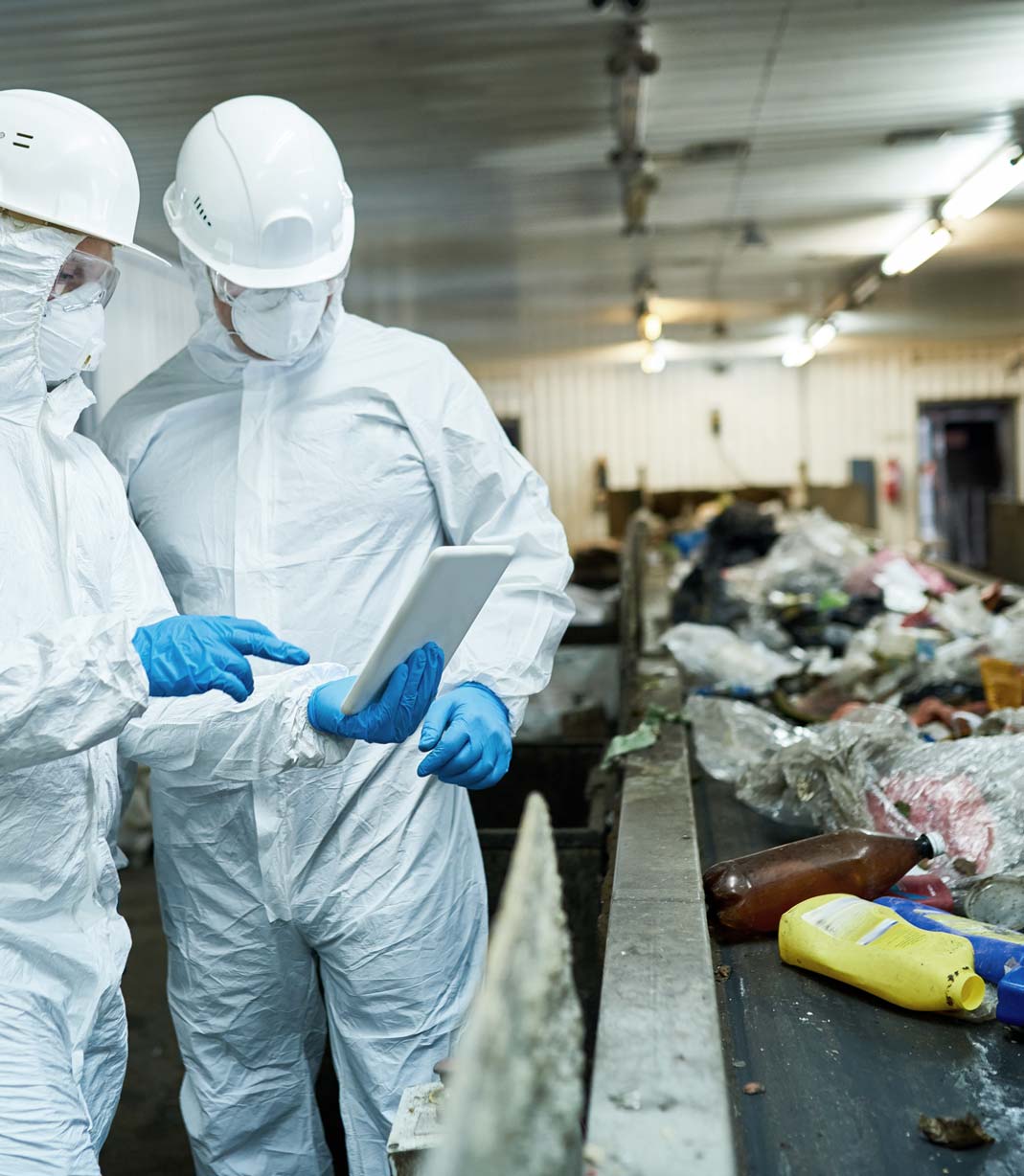
Tools this powerful actually give those on the frontline of the waste crisis the ability to:
- contribute to that fight meaningfully
- know exactly where they stand at any point in time
- report on activities and outcomes with accuracy and transparency.
At the end of the day, organizations that put data at the helm of their waste or recycling programs can say more than, “hey, at least we’re doing something.” Rather, they can prove to their stakeholders and the public that they’ve materially contributed to a waste-free world.
In today's rapidly changing world, waste diversion is more critical than ever.
While a growing number of organizations are focused on waste diversion, legislative bodies, ESG stakeholders, and growingly diverse communities are demanding more data and more transparency on these efforts.
In an earlier post, we stated that "adopting a digital solution means the difference between vaguely committing to a goal and actually measuring your progress towards it."
When it comes to tackling the waste crisis and focusing on a goal of waste diversion, this hits the nail on the head. To really commit to such a goal, and to communicate the tangible progress you're making towards it (whether that's weekly, quarterly or annually), digital solutions cannot be underestimated.
By taking your programs digital--and leaving behind outdated, cumbersome process that are either paper-based or rooted in outdated legacy systems--you and your organization will have the opportunity to:
- instantly and accurately see how much landfill diversion or GHG reduction you've achieved
- report accurately to your stakeholders on your progress with unimpeachable data backing you up
- safeguard every step and every activity that comprises your overall program
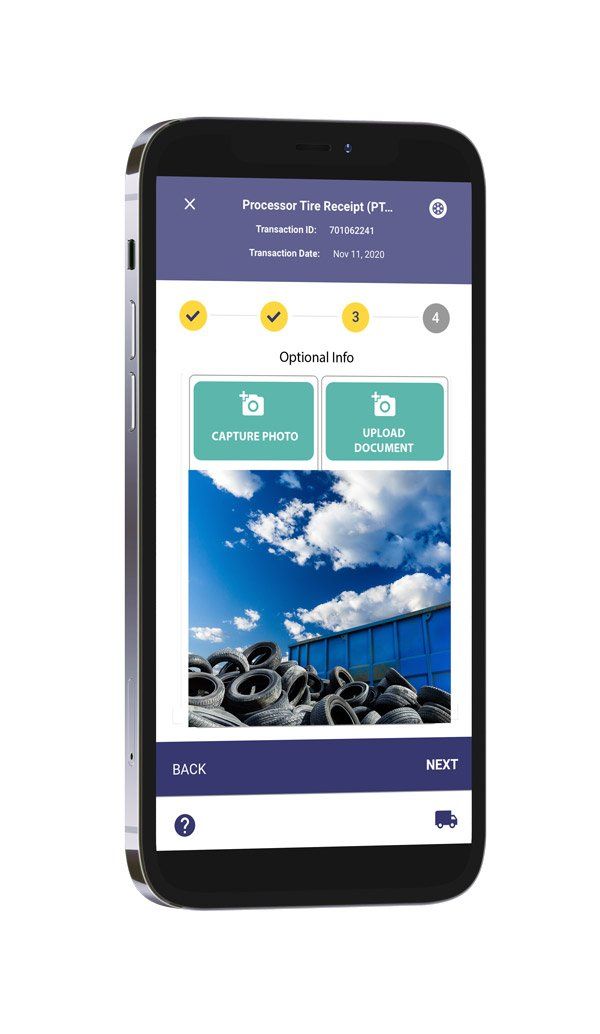
About Diversys
Diversys is proud to have its roots in Ontario, Canada - a province widely recognized for its leadership in EPR and sustainability. Since 2019, we've been dedicated to creating innovative software solutions that drive progress toward a world without waste.
Our story is a testament to the power of hard work, customer loyalty, and big ideas. We are committed to empowering organizations with the waste recycling software solutions necessary for achieving a sustainable future. Our cutting-edge software platform is helping organizations achieve their ESG goals, meet reporting obligations, and improve operational efficiency for their recycling programs.
Our commitment to delivering world-class solutions that drive meaningful progress towards waste reduction and a more sustainable future is unwavering. Our team of industry experts is ready to help you navigate the rapidly-evolving waste management landscape as we progress toward a circular economy.
Knowledge Center
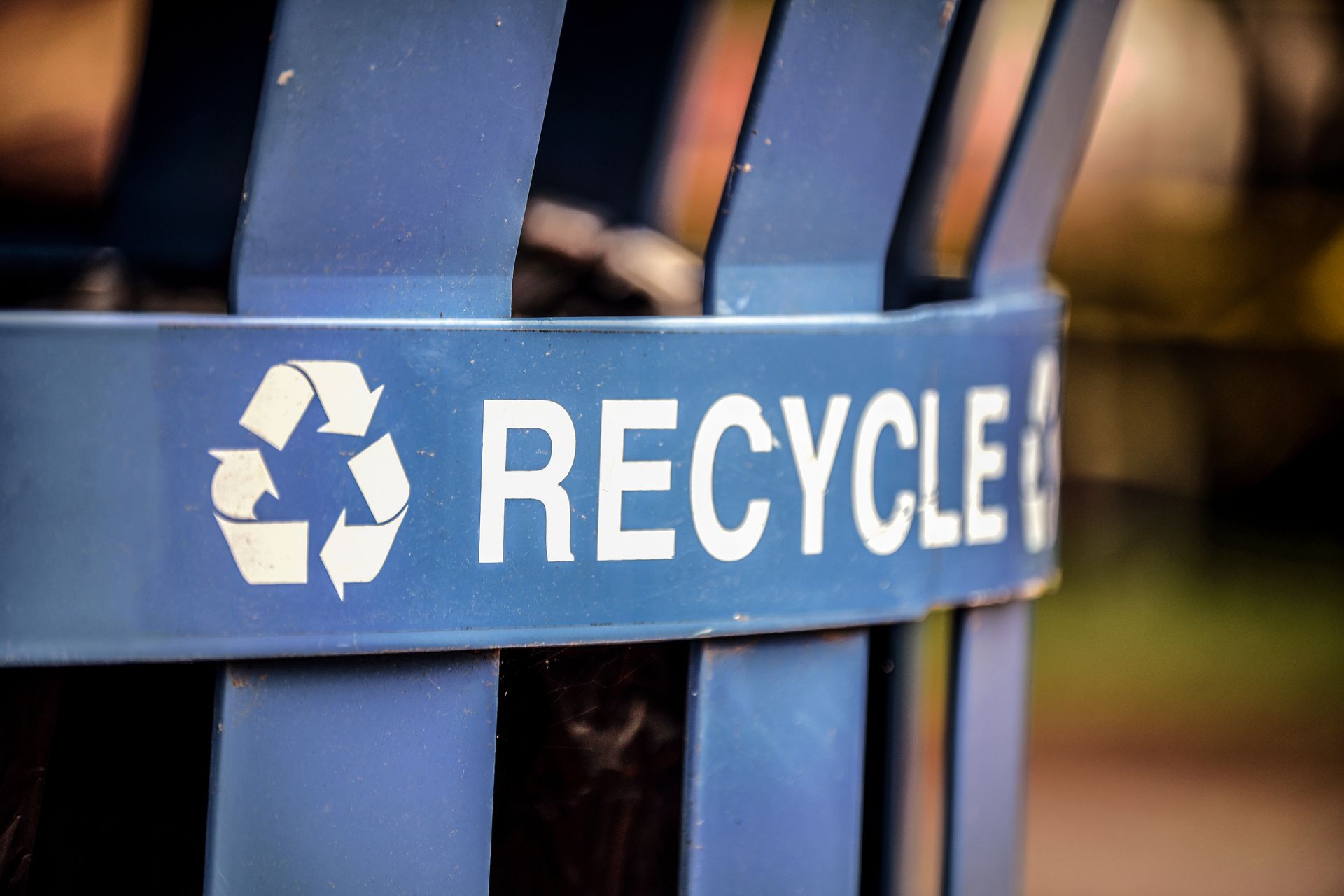



Knowledge Center




Knowledge Center


Subscribe to get updates.
DIVERSYS
LINKS

